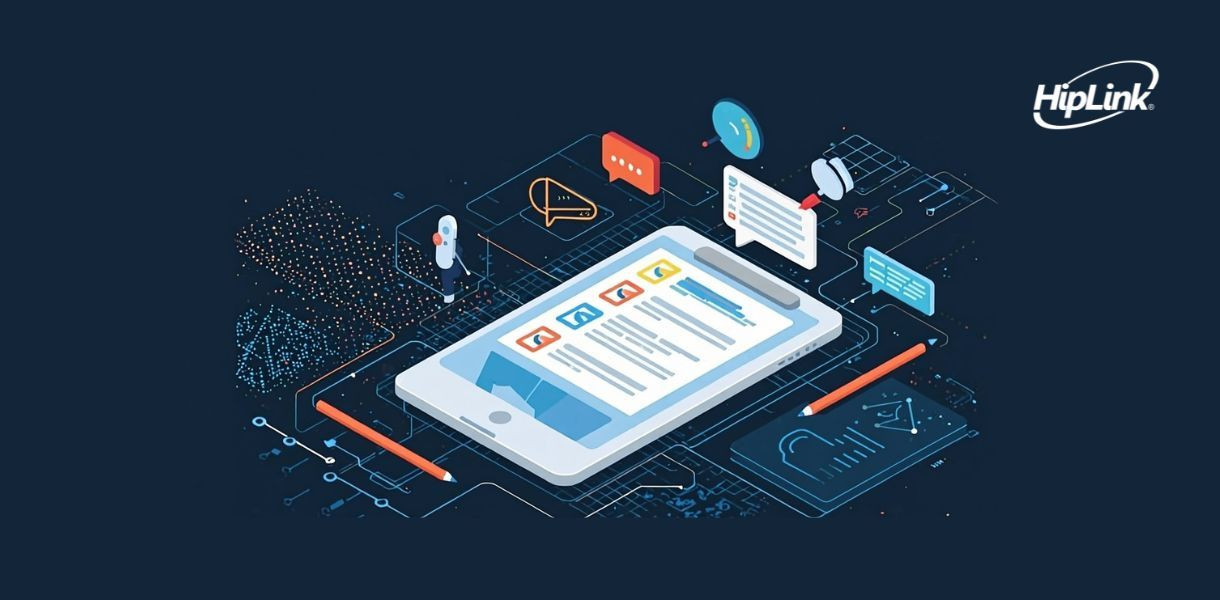HipLink Insights
In 2023, state and local governments across the United States, from Dallas, Texas, to Lowell, Mass., encountered a notable surge in ransomware attacks and cyber threats. As we gaze into the horizon, we see that these challenges are evolving and becoming increasingly severe. The dynamic nature of the cyber landscape demands that we not only acknowledge but also redefine our resilience strategies to combat these threats effectively.
Medical centers are entrusted with the critical task of safeguarding lives, with patient survival rates hinging greatly on the efficacy and swiftness of communication within the facility. Within this context, the role of communication systems is paramount. For instance, in the emergency department, swift activation of trauma teams and seamless coordination among medical personnel are facilitated by robust paging systems. However, the unfortunate reality is that many medical communication solutions in use today are antiquated and rigid.
Grace Hospital, located in Ohio, is renowned for its demanding and exhausting work environment. Despite operating as a not-for-profit entity within the healthcare sector, Grace specializes in treating patients with intricate and severe cardiac conditions. While the hospital prides itself on employing skilled and committed staff, all four of its locations grapple with alarm fatigue, financial constraints, and communication challenges.
The Growing Need for Mobile Access:
The demand for mobile access stems from the need for increased efficiency and responsiveness in a fast-paced environment. Mobile devices have become an indispensable tool for doctors and staff, allowing them to access sensitive patient data protected under HIPAA, even while on the go. This eliminates the need to stop and look up information on a computer, saving valuable time. Mobile technology goes beyond doctors; affiliates also utilize these devices to communicate, send, and even store confidential data.
Furthermore, the ability of mobile apps to read barcodes on medications, wristbands, and medical charts further strengthens the appeal of mobile devices as a universal data tool. This not only reduces transcription errors but also improves access to information and communication among healthcare professionals. However, these conveniences come at a cost, jeopardizing the very data they strive to protect.
The Challenge of Cyber Threats:
Healthcare IT departments face a significant challenge as many physicians often use personal phones at work. Even if these phones are equipped with intrusive security measures, they are generally not as secure as work-issued devices. While IT departments can fortify on-site systems and devices, they have limited control over personal mobile devices that constantly move in and out of their purview. This gap in security is well-known to cybercriminals who have shifted their focus accordingly. The healthcare industry has suffered millions of dollars in damages and countless stolen or exposed patient records due to cyberattacks in recent years.
In today’s world, organizations face an array of crises spanning from natural disasters to financial downturns, each posing a threat to employee safety, corporate reputation, and financial stability. In response, effective crisis management demands a comprehensive communication strategy at its core.
When developing plans to manage a crisis, it is imperative that a communication strategy be incorporated.
Imagine you're the CEO of a bustling financial institution. Money never sleeps, right? But what if it did, for 30 minutes at a time? That's potentially $1,000 lost every minute due to network downtime. Ouch! But why? Your IT team is top-notch, with a dedicated war room buzzing with activity. Alerts flash, phones ring, emails ping – yet, precious minutes tick by before the real issue gets addressed. Why the delay?
Imagine the unthinkable: an emergency unfolds in your community. It could be a sudden storm, a fire, or even a security threat. In these critical moments, timely and accurate communication is vital. This is where mass notification systems (MNS) come in – playing a crucial role in connecting residents, responders, and institutions during emergencies.
In today’s world, our police departments, fire departments, EMS departments, hospitals, educational institutions, large enterprises, and many others must have the means to reach people promptly when there is an emergency. This involves having a wireless paging software system with complete two-way SMS texting, voice messaging, and fax messaging capabilities to virtually any device.
Here are some strategies for state and local chief information officers (CIOs) to maximize their resources and limited funding in order to advance their resilience efforts.
Changing the Focus:
Traditionally, the prevailing notion has been that cyber perfection lies in prevention. However, in our interconnected world, "prevention" is no longer an accurate measure of resilience. The cybersecurity field constantly evolves as new threats emerge, making it imperative that we redefine resilience. Rather than solely aiming to prevent breaches and attacks, the focus should shift towards safeguarding critical information and maintaining operations in the face of inevitable attacks and breaches.
In the face of various crises, such as an active shooter, a missing patient, an approaching tornado, or a major fire, effective crisis response management is paramount. Preparation plays a pivotal role in ensuring the safety and well-being of individuals in such situations. For instance, when there's an active shooter in a building, immediate lockdown procedures are initiated, and law enforcement is alerted. Additionally, a well-rehearsed announcement swiftly informs all staff members to remain in their current locations, secure doors, and take shelter. Preparedness, in this case, can potentially save lives – if provided that the messaging system itself is efficient.
In today's fast-paced world, wireless communication stands out as the most effective means to alert the right people promptly during a crisis, regardless of the time of day or night. This ensures that once notified, team members can collaborate seamlessly to respond effectively to the situation.



